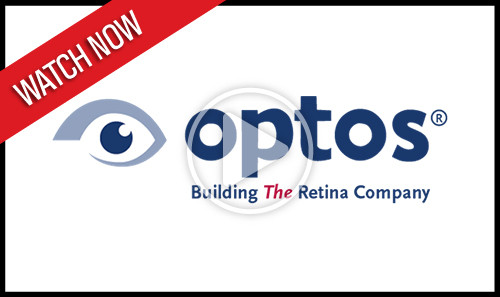What is Orthokeratology?
Orthokeratology is the use of contact lenses to remold the shape of the cornea to reduce or correct myopia (near-sightedness) and astigmatism (irregular surface of the cornea). In some ways, this is similar to the use of dental braces by an orthodontist to straighten crooked teeth. The main difference is that if a tooth position is corrected for some months, it will stay in the new position. The cornea is highly elastic, however, and always returns to its original shape. For this reason, retainer lenses are worn while sleeping at night. Retainer lenses are prescribed after the ideal corneal shape or maximum change has been achieved.
Why have Orthokeratology done?
The main purpose of Orthokeratology is to be free of both contact lenses and spectacles for the majority of or possibly all of the waking hours. While this is ideal for sports enthusiasts or those who work in dusty or dirty environments, for others it is simply the appeal of being free of corrective lenses during the day that draws them to the procedure.
What does the procedure involve?
First, there is an initial assessment appointment. This gives us a chance to both assess the general condition and health of the eyes and also to discuss the likely effectiveness of the procedure in your own case.
We use computerized corneal topography to photograph the eyes in a quick and painless procedure. The result is a color map of the corneal surface, like the one shown below. This allows us to choose the molds that will best work for you, and also allow us to detect conditions such as keratoconus or astigmatism. Additionally, these maps, which are saved and kept on file, allow us to trace the changes in your corneas over time.
A series of molds made from high oxygen permeable rigid materials are then fitted in progressive stages to gently reshape the cornea towards less curvature and a more spherical shape. This reduces myopia and astigmatism while dramatically improving unaided eyesight. Excellent vision and comfort are normally maintained while wearing the molds. Most of the visual changes occur rapidly in the first few days and weeks. Stabilization procedures then follow at a slower pace over the next few months. The program length varies between 3 to 4 months depending upon the degree of visual error and the rates of change. After treatment and maximum results are achieved, retainer lenses are worn to stabilize the new corneal shape. Failure to wear the retainer lens on an ongoing basis will result in the return to the pre-existing prescription. Retainers may be worn during sleep.
What are the disadvantages of Orthokeratology?
- You must be prepared to allow for three to four visits over three to four months.
- Retainer lens wear is essential or the cornea will revert to its original shape.
- The degree of success is high but cannot always be guaranteed.
- The rate of improvement varies from one person to the next.
- You must be prepared to follow your optometrist's instructions implicitly for the best results.







